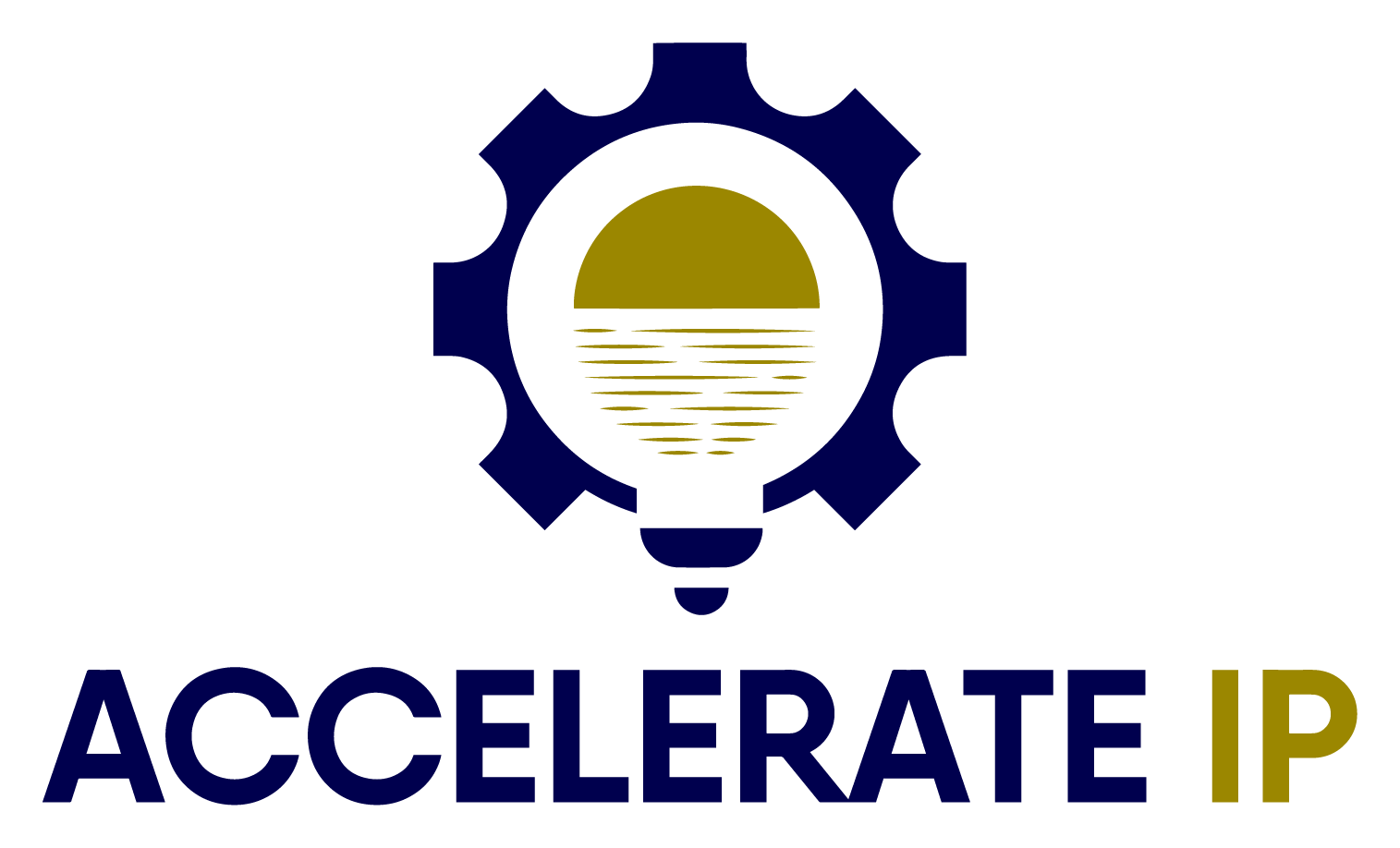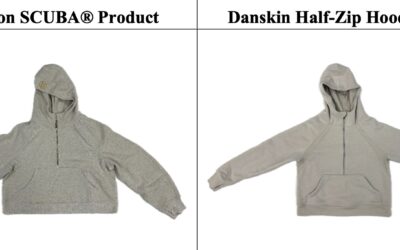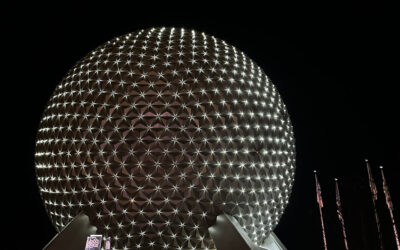Lululemon has filed a comprehensive federal lawsuit against Costco, alleging the retail giant violated multiple...
Patent Services we offer.
File your Patent Application with Accelerate IP
- Set Fees for provisional, nonprovisional and design patent applications which includes:
- Attorney’s time (email and phone calls)
- Drafting your Patent application
- Patent application filing
Utility Patent Application (Provisional, Nonprovisional)
Design Patent Application
International (PCT) Patent Application
Patent Landscape Report
Patent Application Office Action Response
Prior Art Search (patentability search)
Freedom to Operate
Patent Assignment
Patent License
Patent Cease and Desist Letters
What is a Patent Office Action?
A patent office action is a formal written communication issued by a patent examiner at a patent office, typically in response to a patent application. When a patent application is filed, it undergoes a review process conducted by a patent examiner to determine its patentability. During this examination, the examiner assesses the application to determine if the claimed invention meets the requirements for obtaining a patent.
If the examiner identifies issues or deficiencies in the application, they issue an office action to communicate these concerns to the applicant. The office action typically includes a detailed explanation of the reasons for rejecting one or more claims in the application. The examiner may cite prior art (existing patents, published applications, or other publicly available documents) that they believe anticipate or render obvious the claimed invention.
The office action serves as an opportunity for the applicant to respond and address the examiner’s concerns. The applicant can present arguments, provide additional evidence, or amend the claims in an attempt to overcome the examiner’s objections and secure the grant of a patent. The response to an office action is usually referred to as a patent office action response.
The exchange of office actions and responses can continue back and forth between the examiner and the applicant until a resolution is reached. This process is often referred to as the “prosecution” of a patent application. The applicant’s goal is to persuade the examiner that the claimed invention meets the legal requirements for patentability, which include novelty, non-obviousness, and usefulness.
It’s worth noting that the specifics of the patent office action process can vary slightly depending on the jurisdiction and the patent office involved.
35 USC 101
You patent office action may include a 35 USC 101 rejection.
35 USC 101 refers to Section 101 of Title 35 of the United States Code, which is a provision of U.S. patent law. This section sets forth the subject matter eligibility requirements for obtaining a patent in the United States. It states that patentable subject matter includes any new and useful process, machine, manufacture, or composition of matter, or any new and useful improvement thereof.
However, in recent years, there has been significant debate and judicial interpretation regarding the scope and application of 35 USC 101. The U.S. Supreme Court and the U.S. Court of Appeals for the Federal Circuit have issued several decisions that have clarified the eligibility requirements for patentable subject matter.
Under the current interpretation of 35 USC 101, abstract ideas, laws of nature, and natural phenomena are excluded from patent eligibility unless they are applied in a significantly transformative or innovative way. This means that certain inventions or claims that are considered to be mere abstract ideas or fundamental principles may be rejected under 35 USC 101.
When a patent examiner determines that an invention or a claim in a patent application falls within one of these excluded categories, they may issue a 35 USC 101 rejection. This rejection asserts that the claimed invention is not eligible for patent protection because it encompasses subject matter that is considered abstract, a law of nature, or a natural phenomenon.
In response to a 35 USC 101 rejection, the applicant can argue that the claimed invention is not directed to an excluded category or can provide additional details and arguments to demonstrate that the invention goes beyond an abstract idea or natural phenomenon and involves significantly more.
It’s important to note that 35 USC 101 rejections are just one of the possible rejections that an applicant may face during the examination of a patent application in the United States. Other rejections can be based on grounds such as lack of novelty, obviousness, or lack of clarity or enablement.
35 USC 102
35 USC 102 refers to Section 102 of Title 35 of the United States Code, which is a provision of U.S. patent law. This section sets forth the requirements for novelty, which is one of the key criteria for patentability.
Under 35 USC 102, an invention is considered lacking novelty and is therefore not eligible for patent protection if, before the applicant’s effective filing date, the claimed invention was:
1. Patented: The invention was described in a prior issued patent, whether in the United States or in a foreign country.
2. Described in a printed publication: The invention was disclosed in a publicly available printed publication, such as a journal article, book, or thesis.
3. In public use: The invention was in public use or on sale in the United States.
4. On sale: The invention was offered for sale or sold in the United States.
5. Otherwise available to the public: The invention was disclosed to the public in any other manner, such as through a public demonstration or exhibition.
If the patent examiner determines that the claimed invention falls within any of these categories, they may issue a 35 USC 102 rejection. This rejection asserts that the claimed invention lacks novelty because the invention was previously disclosed or made available to the public before the applicant’s filing date.
In response to a 35 USC 102 rejection, the applicant can argue that the prior art reference cited by the examiner does not disclose all the elements of the claimed invention or that there are differences between the prior art and the claimed invention that make it novel. The applicant may also present arguments or evidence to demonstrate that the prior art reference is not applicable or does not anticipate the claimed invention.
It’s important to note that the interpretation and application of 35 USC 102 can be complex, and there may be nuances and exceptions depending on the specific circumstances and facts of each case. Patent applicants often work closely with patent attorneys or agents to navigate the requirements of novelty and other aspects of patent law during the examination process.
35 USC 103
35 USC 103 refers to Section 103 of Title 35 of the United States Code, which is a provision of U.S. patent law. This section sets forth the requirement for non-obviousness, which is another key criterion for patentability.
Under 35 USC 103, an invention is considered non-obvious and therefore eligible for patent protection if it would not have been obvious to a person having ordinary skill in the relevant field at the time the invention was made. In other words, even if an invention is novel and meets the requirements of 35 USC 102, it may still be rejected under 35 USC 103 if it would have been considered an obvious modification or combination of prior art.
To determine whether an invention is non-obvious, the patent examiner compares the claimed invention to the prior art, which includes existing patents, published patent applications, and other publicly available information. The examiner evaluates whether the differences between the claimed invention and the prior art are such that the invention, as a whole, would have been obvious to a person of ordinary skill in the field.
If the examiner determines that the differences between the claimed invention and the prior art are obvious, they may issue a 35 USC 103 rejection. This rejection asserts that the claimed invention is not patentable because it would have been obvious to a person of ordinary skill in the field based on the combination or modification of the prior art.
In response to a 35 USC 103 rejection, the applicant can argue that the claimed invention involves an inventive step or unexpected results that would not have been obvious to a person of ordinary skill in the field. The applicant may present arguments, evidence, or expert opinions to support their position and demonstrate that the claimed invention possesses a level of inventiveness beyond what would have been obvious.
It’s important to note that the determination of obviousness is a subjective assessment, and it can be a point of contention during patent examination and litigation. The application of 35 USC 103 requires an understanding of the prior art and the skill level of a person in the relevant field, and it often involves a fact-specific analysis. Patent applicants often rely on the expertise of patent attorneys or agents to navigate the requirements of non-obviousness and present compelling arguments to overcome 35 USC 103 rejections.
We offer flat fee services for all of your business legal services. Contact us now for your flat fee service.
Reach out to us to Start protecting your invention now!
Don’t just take our word for it. Read what our clients have to say about our services:
Follow Us
Contact Us

Schedule Complimentary Consultation
Latest News & Blog Posts
Disney and Universal Sue AI Company Midjourney for Copyright Theft
Disney & Universal launch groundbreaking lawsuit against AI company Midjourney for copyright infringement. $20M+ case could reshape AI industry forever.
Legal Issues Emerge Over Trump’s LA Troop Deployment as California Responds
When can the President deploy military forces in U.S. cities? Explore the legal framework behind domestic troop deployment, including the Insurrection Act, constitutional powers, and historical precedents like the 1957 Little Rock Crisis. Understanding the complex web of authorities, limitations, and checks that govern presidential emergency powers in our federal system.



